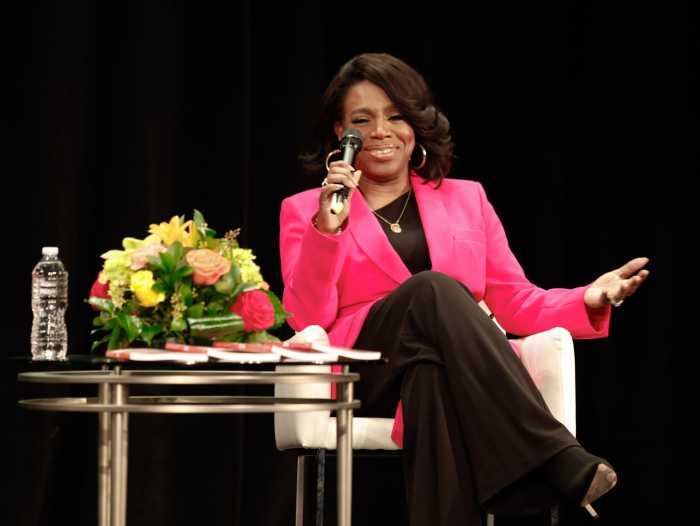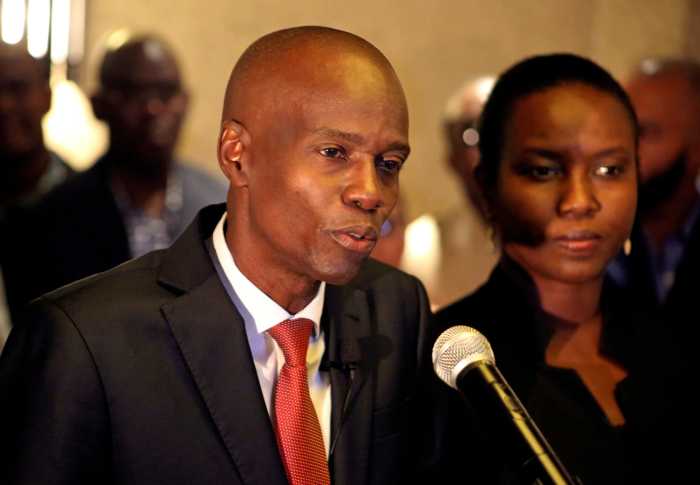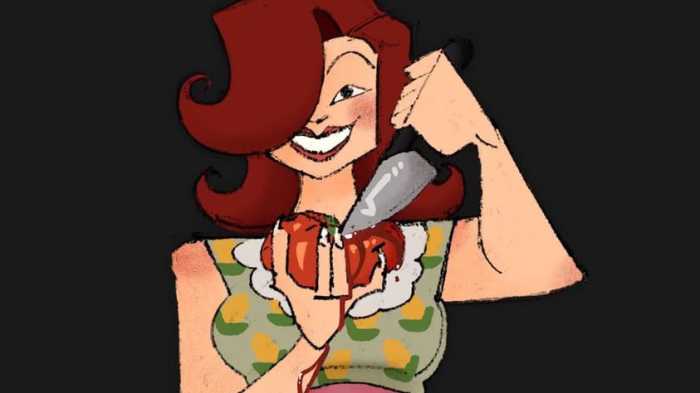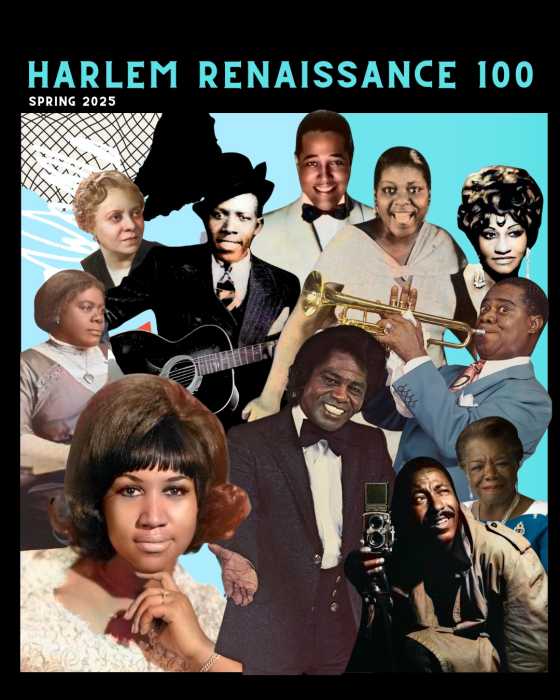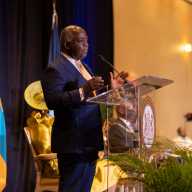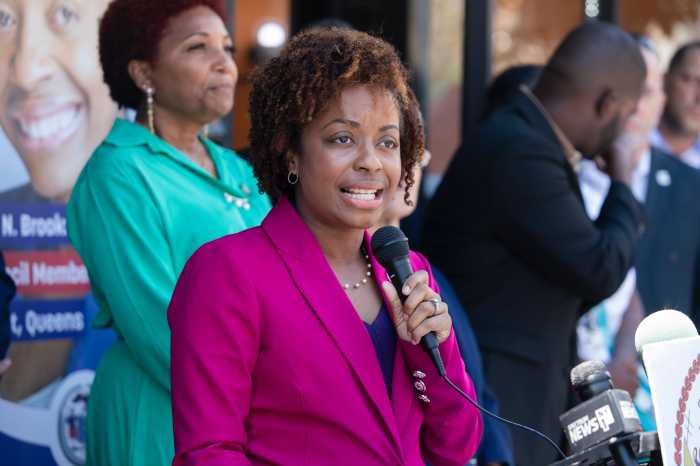Once again, another story about racially diverse twins has emerged.
The ironic aspect of this repetitive storyline is that virtually all of the reports involve one Caribbean parent.
Although one Jamaican parent seems to factor in a majority of the one-in-a-million phenomenon, there have been reports of a Barbadian, Grenadian and Africans from Nigeria and Ghana who have beaten the odds to produce divergent twins.
From Gloucester, England, where Lucy and Maria Alymer’s births were first reported 18 years ago, each are now speaking out about their ebony and ivory appearance and how they respond to disbelieving individuals who often challenge their claim and reality.
The twins — one white one Black — reflect on their very different experiences growing up as siblings borne to mother, Donna, a Jamaican and Vince, their white father.
“It was such a shock for her because things like skin color don’t show up on scans before birth,” Lucy explained about her mother’s first reaction.
“So she had no idea that we were so different. When the midwife handed us both to her she was just speechless.”
Of their lifelong encounters, she explained: “No one ever believes we are twins. Even when we dress alike, we still don’t look like sisters, let alone twins. Friends have even made us produce our birth certificates to prove it.”
“We were in the same class, but no one had a problem telling us apart. Twins are known for swapping identities. But there was no way Maria and I could ever do anything like that. Most twins look like two peas in a pod – but we couldn’t look more different if we tried. We don’t look like we have the same parents, let alone having been born at the same time.”
Comparing her image to three other siblings, Lucy added: “Our brothers and sister have skin which is in between Maria and I. We are at opposite ends of the spectrum and they are all somewhere in between… But my grandmother has a very fair English rose complexion, just like me.”
The twins’ looks are different but so are their career goals and choices.
Lucy currently studies art and design at Gloucester College and Maria studies law at Cheltenham College.
Maria is known as the outgoing twin while Lucy is described as the shy one.
“Maria loves telling people at college that she has a white twin and I’m very proud of having a Black twin.”
After the birth of Miya and Leah – two girls – Fleet, Hampshire, England residents Alison Spooner and her Caribbean partner Dean Durrant outscored all others when they parented a second set of racially differing children.
That interprets to four children identified by two different races – Black and white.
“It was a real shock to the system when I found out we were having twins again., Dean, 33 reportedly said.
From south-east London, an even more astounding scientific report revealed Jamaican Errol Kelly and his wife Alyson as newsmakers. Parents to two very obviously different boys named James and Daniel born March 27, 1993, Alyson said, “When James was born he was the spitting image of Errol, and I remember seeing his curly hair and thinking – he’s just like his dad. It was another two hours before Daniel was born: and what a surprise he was! He was so white and wrinkly, with this curly blond hair.”
Add intrigue to that miracle and the Guardian Newspaper reported, “It wasn’t the first time nature had shocked Alyson and Errol. Daniel and James were the family’s third set of twins: Errol and Alyson each already had a set with a previous partner. Errol’s first set are fraternal boys, Shane and Luke, who are 21; Alyson’s are identical boys, Charles and Jordan, 20.
The only singleton in the house is the couple’s youngest child, and only daughter, 14-year-old Katie.
“Apart from her, it’s twin city,” Alyson told the British newspaper.
”At least life was made a bit easier by the fact that we always had two of everything.”
According to Dr. Jim Wilson, population geneticist at Edinburgh University, Errol’s heritage might offer a basic explanation.
“It wouldn’t really be possible for a Black African father and a white mother to have a white child, because the African would carry only Black skin gene variants in his DNA, so wouldn’t have any European DNA, with white skin variants, to pass on,” the specialist explained.
But nothing is ever black or white, that explanation was challenged July 11, 2009 with the birth of Ryan and Leo, two boys born to a German couple – white German Stephan Gerth and Ghanaian Florence Addo-Gerth.
Prior to that in 2006, Nigerian Kerry Richardson defied the contention by welcoming two boys she bore with her English, white spouse.
Explanation from the geneticist contended that:“most Caribbean people, though black-skinned, have European DNA because in the days of slavery, many plantation owners raped female slaves, and so introduced European DNA into the Black gene pool.”
He said: “The thing about skin color is that even a bit of African DNA tends to make a person’s skin color black – so to be white, the child must have inherited more of the father’s European DNA with its white skin variants. Added to the mother’s European DNA, this led to a child with white skin – while his brother, who is black-skinned, inherited more of his father’s African DNA.”
The Caribbean father will have less European DNA than African DNA, so it’s more likely he’ll pass on African DNA – but rarely, and I’ve worked it out to be around one in 500 sets of twins where there’s a couple of this genetic mix, the father will pass on a lot of European DNA to one child and mostly African DNA to the other. The result will be one white child and one Black.”
Identical twins often claim double the fun by having a sibling able to fool others with their cloned existence.
Scientifically, they share the mother’s placenta; are the same gender and were fertilized from the very same egg and the same sperm.
More often than not, their personalities are identical.
Not so much with fraternal twins.
While, the fun might be reduced, each twin can either be same sex or vary in gender.
Fraternal twins are not necessarily the same gender, because each egg-sperm set will create a different set of genes.
Also, fraternal twins do not share the same placenta and can have two different protein and hormones expressed during development.
But even rarer is another combination called “semi-identical twins.”
Reportedly that is explained that there is one egg and two sperms.
In this case, the genes from the mother are the same, but the genes from the father are different.
Catch You On The Inside!



